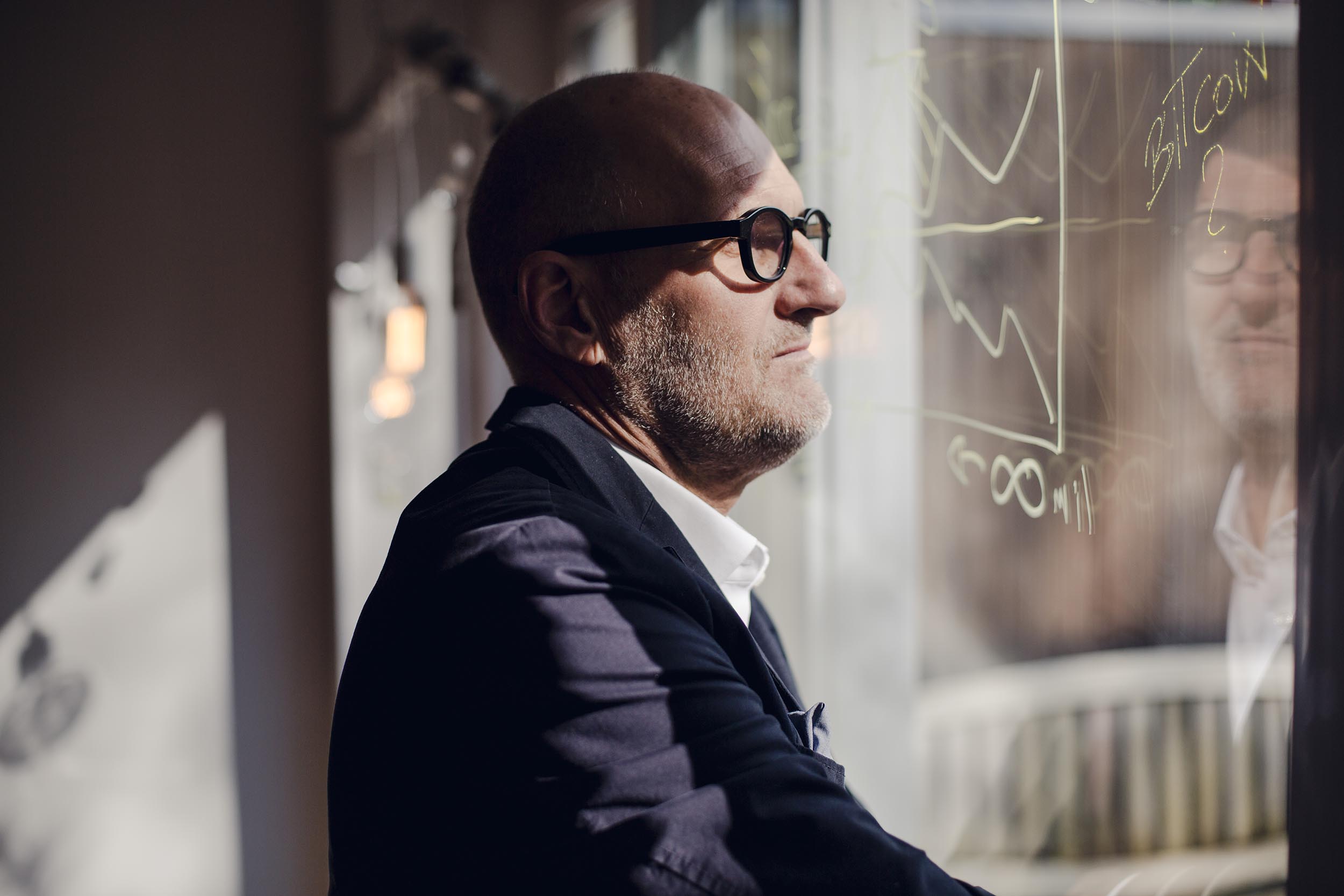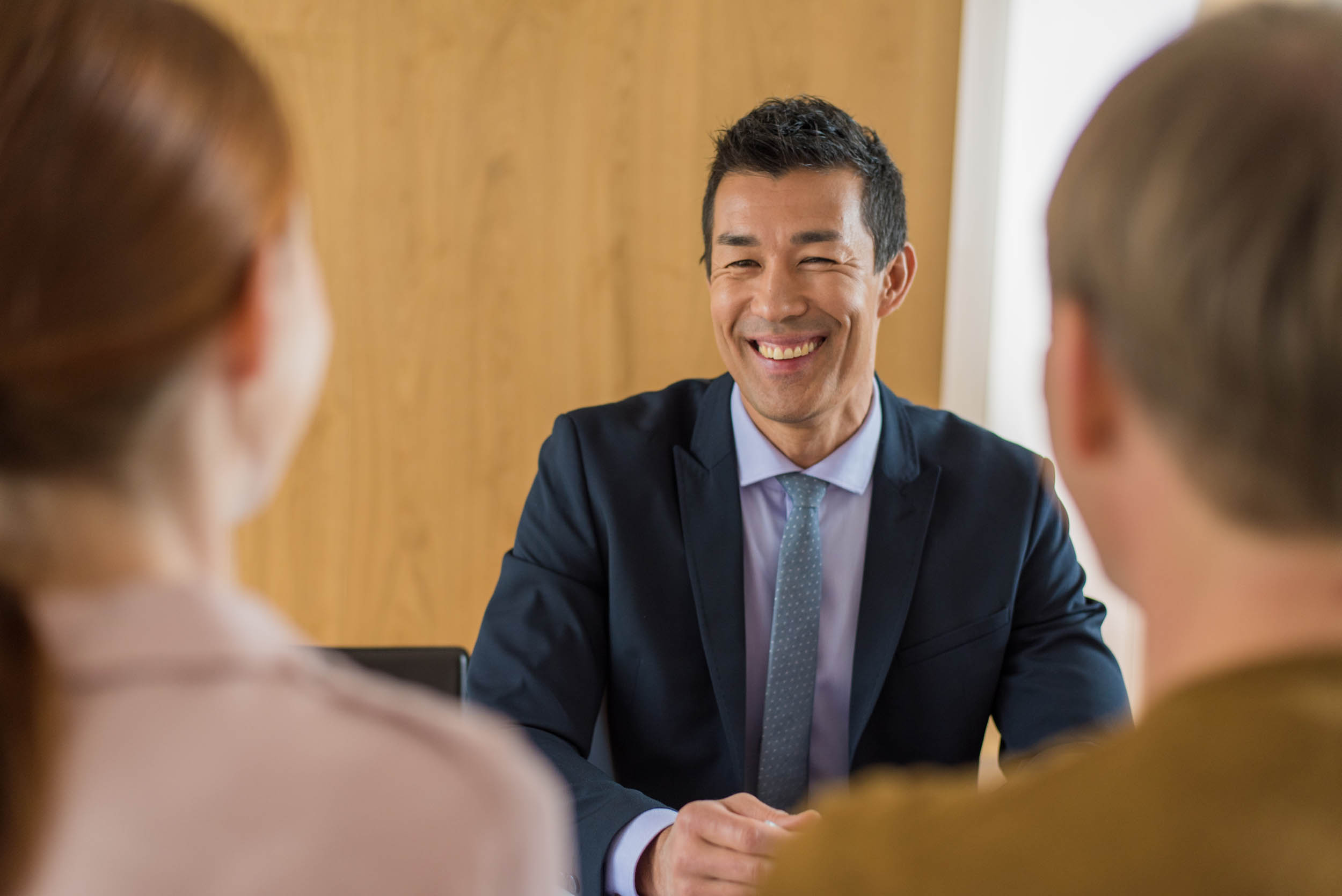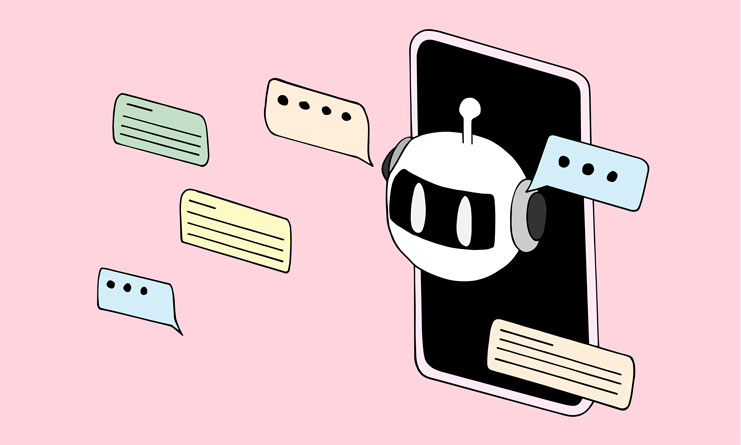
Let’s start with a truth bomb: your next client won’t always start at your website.
They might hear about you from a friend. Or see your firm’s name in a Google review. Or stumble across your newsletter because a happy client forwarded it to their spouse.
They might even discover you through ChatGPT’s new local business suggestions (yes, that’s already happening).
The old marketing funnel — awareness → interest → decision → action — assumes a single, linear path. But the way clients find and trust professionals today? It’s more like a spiderweb than a funnel. A messy, wonderful, interconnected web of touchpoints that all work together.
That’s omni-channel marketing.
So What Is Omni-Channel Marketing, Really?
It’s not just “being on multiple platforms.” That’s multi-channel — a checklist of places where your name shows up.
Omni-channel means showing up consistently and contextually across the places where potential clients already spend time — so when their moment of need hits, your brand is already familiar.
It’s about connection, not just presence.
Here’s how that looks in the real world for a tax or accounting firm:
- Someone searches for “best tax pro near me” on Google → sees your reviews.
- They check your website → it looks professional and trustworthy.
- They follow your firm’s Instagram for weekly tax tips.
- A few weeks later, your email newsletter lands in their inbox (maybe forwarded by a friend).
- Then they ask ChatGPT, “Who are good tax planners in my area?” — and your name comes up again.
That’s omni-channel. Every interaction reinforces trust and authority.
Where People Really Hear About Your Brand First
If you’re wondering where that “first moment” happens — the truth is, it’s different for everyone.
- Word of mouth: Still the #1 driver for referrals — but it’s amplified by what happens online after that.
- Social media: The modern form of reputation building, especially for niche audiences (think business owners or freelancers).
- Google Search: The default “proof” stage — even when people already know your name.
- Paid ads: Great for visibility, but they work best when supported by content and reviews.
- ChatGPT & AI search: The new frontier. If your content and reviews aren’t optimized, AI won’t “see” you.
- Newsletters & blogs: Don’t underestimate the organic reach of shareable content — people forward what helps them.
Every single one of these could be your brand’s first handshake.

The Dangerous Myth of the Website-Only Mindset
Here’s the mistake too many firms make: thinking “marketing” = “website.”
But your website is rarely where people start. It’s where they land after they’ve heard of you.
Think of it like this — your website is your home base, but your marketing happens out in the world.
Your blogs pull people in through organic search.
Your Google reviews build credibility.
Your newsletters keep you top of mind.
Your social posts humanize your brand.
Your presence on AI search engines ensures you’re not left behind.
Omni-channel marketing makes sure that no matter where someone starts — you’re already part of their journey.
So What Should You Focus on Next?
If you’re already showing up in one or two channels (say, website + Google Business Profile), great. But to actually grow in 2025, you’ll need a connected ecosystem.
That means:
- Consistent messaging across every platform.
- Automated publishing to save time.
- Analytics that show which channels drive conversions.
- AI tools (like MAX, inside CountingWorks PRO) that help you create and distribute content everywhere your audience might discover you.
Omni-channel isn’t about doing more. It’s about doing smarter — being found when and where it matters most.
Final Thought: You Can’t Control the “Where” — But You Can Control the “When”
Your next client might not come from where you expect.
They might not even be looking — yet.
But when they do need you, they’ll find you — because you’ve already shown up in their world.
That’s what omni-channel marketing is all about.
Want to see how your firm shows up across channels? Book a free narrative audit and we’ll show you exactly where your next clients are finding you.

















.svg)